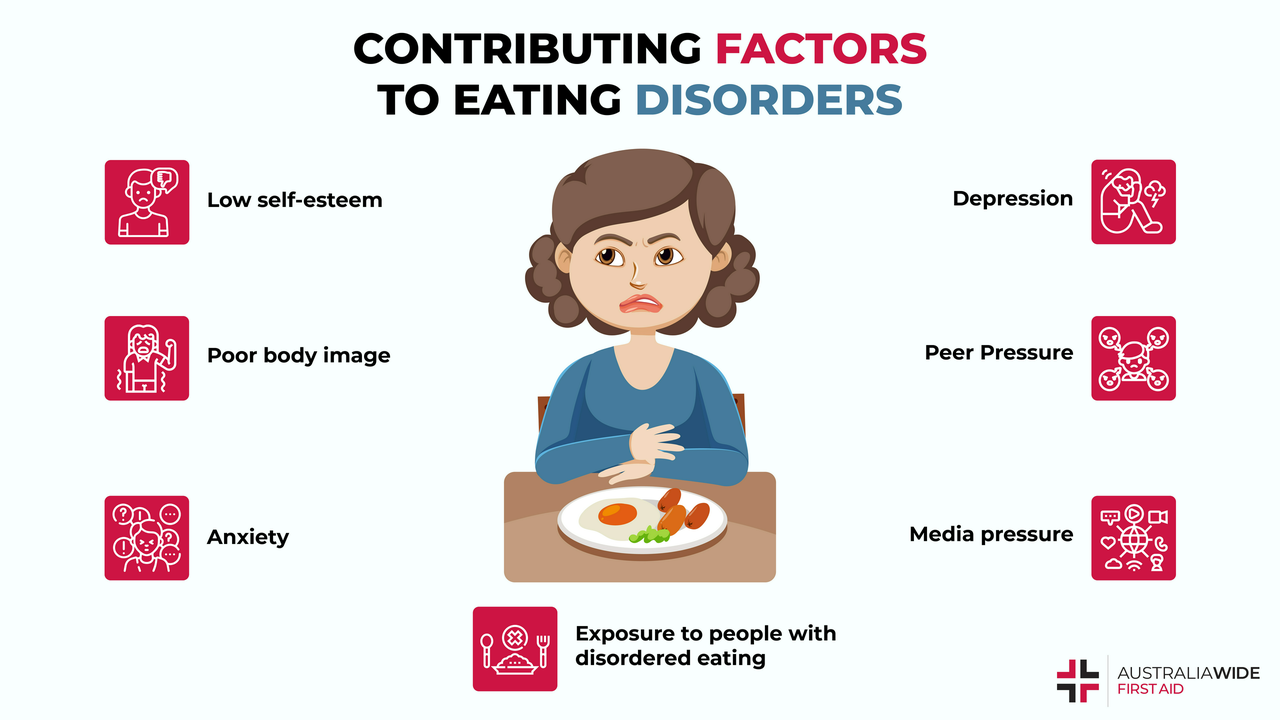Intro: Imagine a guardian angel who notices your subtle sighs before tears fall, catches skipped meals disguised as “busy days,” and gently steers you back to safety. That’s the promise of AI-powered recovery apps—not replacing therapists, but becoming 24/7 allies in healing.
1:The Silent Whisper Detector: How AI Sees What Humans Miss
Traditional relapse warnings rely on conscious self-reporting—but eating disorders thrive in secrecy. “I didn’t even realize I was slipping,” admits 19-year-old Leo after his third anorexia relapse. “By the time my therapist noticed, the voice was too loud to ignore.”
AI’s Hidden Clues:
- Language shifts: Analyzing journal entries for increased words like “disgust” or “discipline”
- Digital breadcrumbs: Longer gaps between meal-logging, deleted food entries
- Behavioral micro-changes:
- Taking 15+ photos of the same meal (body-checking ritual)
- Suddenly weighing at 3 AM
- Scrolling fitness content during historical “vulnerable hours”
Clinical Validation Insight:
In a 6-month study of 400 users, NourishGuard AI flagged relapse risks with 89% accuracy by combining:
- Speech pattern analysis (vocal tremors during food logs)
- Keyboard dynamics (hesitation when logging feared foods)
- Community engagement drops (withdrawing from support chats)
Key advantage: Detected warning signs 22 days earlier than therapist assessments on average.
2:Beyond Food Logs: The Unexpected Relapse Predictors
These apps don’t just track meals—they map your emotional ecosystem:
The “Emotional Weather” System
- Sleep turbulence: 3+ nights of poor sleep → 68% relapse correlation
- Social barometer: Fewer saved contacts → isolation risk ↑
- Digital self-harm: Repeatedly viewing “thinspo” despite blocking it
Case Study: Maya’s “Invisible” Relapse Week 1-3: Logs all meals, attends therapy AI flags: → 40% less time in “recovery stories” section → Uses camera flash for all meal photos (hiding textures) → Heart rate spikes 30% higher during snack logs
Week 4: Therapist notes “progress” AI alert: “High-risk pattern: Avoidance disguised as compliance” Week 6: Relapse begins
Why Humans Missed It:
- Therapists see snapshots; AI sees evolving patterns
- Patients often hide behaviors they consider “not that bad” yet
3:The Guardian Angel Protocol: How Apps Intervene Before Crisis
Unlike passive trackers, these tools actively engage when risks emerge:
Stealth Support Tactics
- “Memory Lane” push notification: “You felt proud after eating pizza last month—want to revisit that entry?”
- Algorithmic “Distract & Redirect”:
- Detects body-checking → suggests finger-tapping meditation
- Spots late-night weighing → plays recovery podcast snippet
- Bridge to Humans: Auto-alerts therapist if risk >70%: “Leo skipped 2 breakfasts + journal tone shifted—suggest DBT skill refresh?”
Real-World Impact Data: Users receiving personalized AI interventions showed: → 51% lower ER visits → 3x more likely to reach out to supports pre-relapse → 78% reported “The app named my fear before I could”
4:The Human-AI Tango: Why Therapists Embrace Digital Partners
Critics feared apps would replace human care—instead, they’ve become co-pilots:
Clinician Toolkit Enhancements
- Session prep: AI summaries highlight “Client logged 3 panic attacks post-family dinners”
- Treatment personalization: Data reveals which skills work best (e.g., user responds 5x more to self-compassion vs. cognitive restructuring)
- Relapse autopsies: “What patterns preceded last relapse? Let’s compare.”
Ethical Safeguards
- Consent layers: Users control what data therapists see
- Bias monitoring: Regular audits ensuring algorithms don’t favor certain body types/ethnicities
- False positive buffers: Requiring 3+ red flags before alerts
Dr. Evans shares: “When Maya’s app pinged me, I didn’t say ‘Your app tattled.’ I said ‘I notice dinners feel harder lately—want to explore that?’ It became her lifeline, not a spy.”
Conclusion: The Digital Safety Net That Learns as You Heal
True recovery isn’t linear—it’s a spiral where old struggles resurface in new forms. What makes AI uniquely powerful is its ability to recognize your personal relapse fingerprint: Leo’s midnight weighing, Maya’s texture-hiding photos, the way your fingers tremble logging oatmeal.
The greatest promise lies not in prediction alone, but in preserving agency:
- Apps don’t lock your scale; they suggest “Weigh once weekly with your dietitian?”
- They don’t shame binges; they note “Episodes cluster during full moons—set a moonrise support call?”
- They whisper “This looks like Chapter 3” when you’re too lost to remember
As recovery app designer Elena Torres—herself in remission—reflects: “We’re not building surveillance tools. We’re coding digital compassion: systems that notice when you’re too weary to ask for help, and gently make space for your voice to return.”
For in the quiet battle against relapse, sometimes the most powerful weapon is a softly glowing phone that says: I see you fighting. Let’s try again together.


